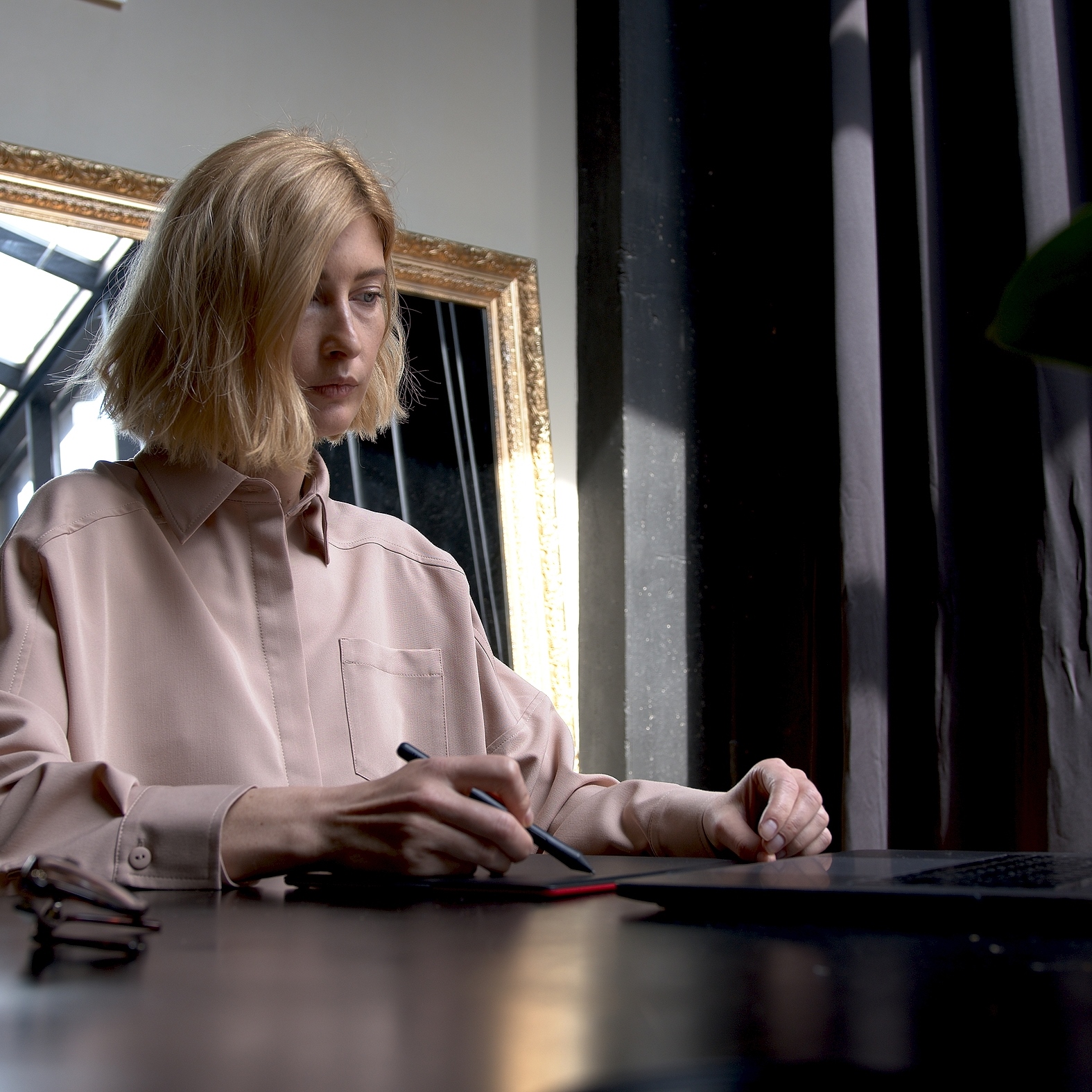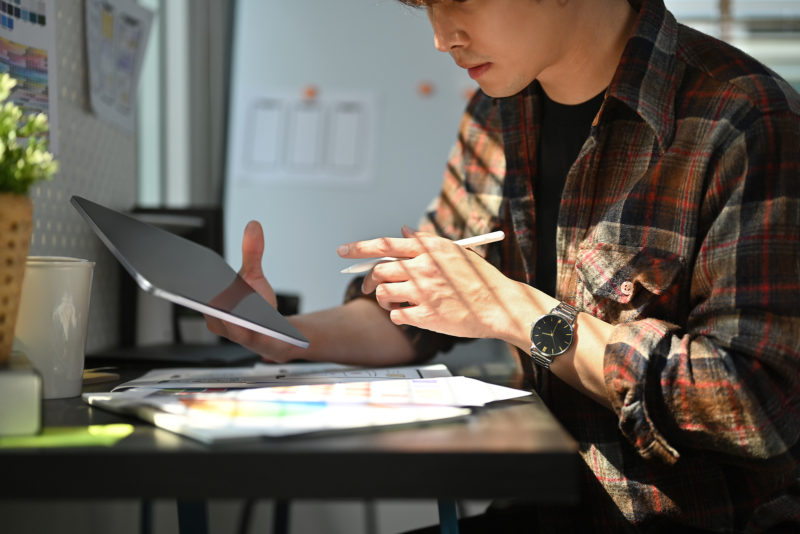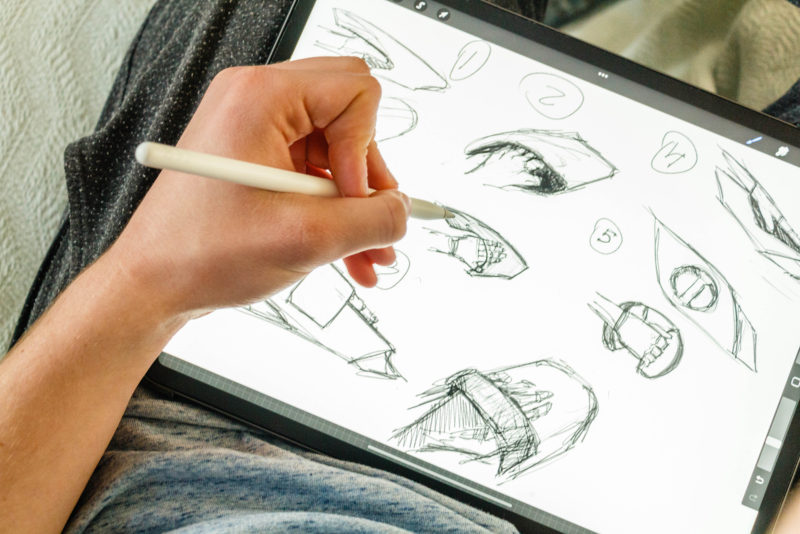
In today’s rapidly advancing digital era, technology has made its way into every aspect of our lives, including art. From traditional forms to contemporary expressions, the art world is experiencing a profound transformation through the integration of AI. This fusion of art and technology has given rise to innovative approaches in art education, revolutionizing how aspiring artists learn and create.
Technology has long been woven into the lives of students. Now, if students need help with essays or papers, they can easily find a service to buy an essay paper online, and if they decline the option of buying an essay, they will find help thanks to AI technology. But what about art education? How significant is the impact of AI on art education in the digital age? What transformative power and opportunities does it present for both artists and art enthusiasts?
How Can AI Be Utilized in Art Education?
Now, you’re likely wondering exactly how AI can be used in art education. Below, we have you covered with an array of ways in which artificial intelligence tools can be leveraged within the art education world.
Expanding Access to Art Education
The accessibility of art education has traditionally been limited by factors such as location, cost, and available resources. However, the integration of AI has shattered these barriers, democratizing art education like never before. Online platforms, virtual classrooms, apps for students, and interactive tutorials powered by AI algorithms enable aspiring artists from all corners of the globe to learn, practice, and improve their skills.
Artificial intelligence algorithms can analyze an individual’s artwork, offering personalized feedback and recommendations for improvement. These virtual tutors provide invaluable guidance, effectively replicating the mentorship experience in a digital format. Consequently, artists can refine their techniques, experiment with different styles, and grow as creative professionals, regardless of their physical location.
Enhancing Creativity and Collaboration
AI tools and software have expanded the creative possibilities for artists, fostering collaboration between human creativity and machine intelligence. Artists can now harness the power of AI algorithms to generate novel ideas, explore new techniques, and push the boundaries of artistic expression. AI-based tools, such as generative adversarial networks (GANs), allow artists to create unique and unconventional artworks by combining their own creative vision with the algorithm’s generative capabilities, according to Tech & Learning.
Additionally, AI-powered platforms enable artists to connect and collaborate with fellow creatives from around the world. Digital communities and virtual galleries offer opportunities to showcase artwork, exchange ideas, and gain inspiration from diverse perspectives. This global network of artists fosters a sense of belonging, providing invaluable support and encouragement throughout the creative journey.
Preservation and Curation of Artistic Heritage
The integration of AI has also revolutionized the preservation and curation of artistic heritage. Digital imaging techniques and AI algorithms have made it possible to digitize and analyze vast collections of artwork, ensuring their long-term preservation and accessibility. AI can aid in restoring damaged artwork, thereby reviving pieces that would otherwise be lost to time.
Moreover, AI algorithms can analyze patterns and styles across different artworks, aiding curators in organizing and categorizing collections. By automating the cataloging process, AI assists in creating comprehensive databases, making it easier for researchers, scholars, and art enthusiasts to explore and understand art history.
Ethical Considerations and the Human Touch
While AI offers immense potential in the field of art education, it is crucial to address the ethical considerations that arise, according to MakeUseOf. AI tools should complement human creativity rather than replace it. The human touch, emotion, and subjective interpretation are integral to the artistic process and must be preserved. Artists must use AI as a tool for inspiration, innovation, and skill development while retaining their unique artistic identity.
Exploring Popular Art Education AI Tools
In recent years, the field of art education has witnessed significant advancements with the integration of artificial intelligence (AI) tools. Below, we’ll explore some of the popular AI tools that have gained traction in the realm of art education today.
1. DeepArt.io: DeepArt.io is an AI-powered platform that allows users to transform their photographs or digital images into artistic masterpieces. Using deep learning algorithms, the tool analyzes the style of famous artists and applies it to the user’s images, creating unique and visually striking artworks. It allows artists to experiment with various artistic styles and expand their creative horizons.
2. Artbreeder: Artbreeder is another AI tool that combines the power of machine learning and genetics. It allows users to create new artwork by using existing artwork. By merging different art styles, compositions, or visual elements, Artbreeder generates a diverse range of unique and imaginative pieces. This tool is an endless source of inspiration and encourages artists to explore unconventional artistic combinations.
3. Sketch2Art: Sketch2Art is an AI tool that helps artists transform rough sketches or basic outlines into polished and detailed artworks. Using computer vision and image processing algorithms, the tool analyzes the sketch and provides suggestions for enhancing it. It can automatically generate realistic textures, add depth and shading, and refine the lines, saving artists valuable time and effort during the artistic process.
4. Google’s Arts & Culture: Google’s Arts & Culture platform leverages AI to provide users with access to an array of high-resolution artworks from museums and galleries around the world. With features like “Art Selfie,” users can upload their selfies and find artworks that resemble them. The platform also offers virtual museum tours, historical insights, and interactive experiences, making art education engaging and accessible to a broader audience.
5. Adobe Sensei: Adobe Sensei is an AI framework integrated into various Adobe creative applications, including Photoshop and Illustrator. It offers a range of AI-powered features that assist artists in their design and illustration work. For example, Sensei can automatically remove objects from images, generate realistic color palettes, suggest font pairings, and assist with perspective drawing.
6. Pindar: Pindar is an AI tool designed specifically for the education sector. It incorporates machine learning algorithms to provide personalized feedback and guidance to art students, analyzes the artwork, identifies areas for improvement, and offers recommendations on techniques, composition, and style. It acts as a virtual tutor, providing continuous support and helping students refine their skills.
7. DesignScape: DesignScape facilitates the creation of 3D models and animations. Its intuitive interface and AI-driven features enable artists to bring their imagination to life with real-time rendering, physics simulations, and automatic rigging capabilities, making it accessible to both beginners and experienced artists. It serves as a valuable tool for learning and exploring the world of 3D art and animation.
Art Education and the Future
Art education in the digital age has been transformed by the integration of AI, revolutionizing accessibility, creativity, collaboration, and preservation in the art world. Aspiring artists can overcome geographical barriers through AI-powered platforms and tools, receive personalized feedback, and explore new artistic frontiers. Meanwhile, AI assists in preserving, curating, and analyzing art collections, enriching our understanding of artistic heritage.
As we continue to navigate the digital age, embracing the power of AI in art education opens up endless possibilities. By striking a delicate balance between human creativity and AI assistance, it is possible to achieve terrific results or rather say stunning artwork.


